
Starting June 1st, 2023 Our warehouse fee will be $0.65/cubic foot per month
In effort to lower the warehouse storage fee during inflation, we have went narrow aisle racking.This construction took us four months but the project is finally completed. With narrow aisle racking, we are able to drop storage by 24%.We as partners will go through this inflation together.
05/19/2024
International shipping where borders blur and goods go across continents with ease. The practice of exporting commodities across borders stretches back thousands of years to ancient civilizations in Asia, Africa, and Europe.
At Worldcraft Logistics, our team of professionals is dedicated to negotiating the difficulties of international trade and assuring the smooth transportation of goods to locations far and wide. Join us as we decipher the complexities of international shipping and discover the secrets to thriving global trade.
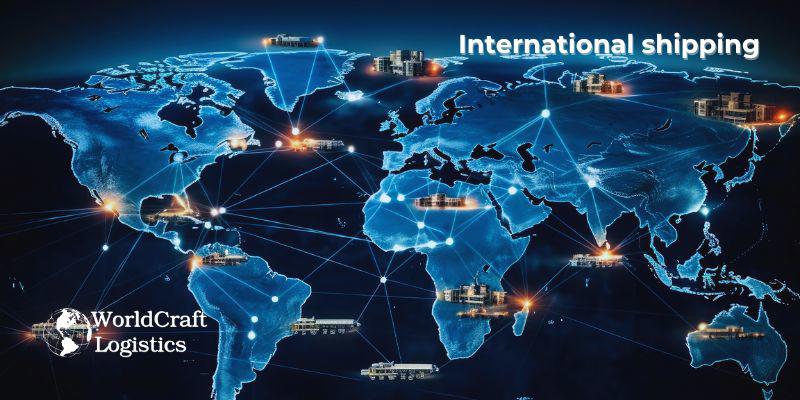
Globalization underscores the significance of international ecommerce shipping, as it provides businesses with access to a broader audience, presenting vast opportunities for growth. The statistics unequivocally support this assertion:
☑️ 72% of online shoppers engage in international purchases.
☑️ Already, 64% of merchants operate cross-border ecommerce businesses.
☑️ Cross-border spending is on the rise, with 54% of global consumers anticipating an increase in international online shopping in 2024.
☑️ The average order value (AOV) of an international sale surpasses that of a domestic sale by 19%.
☑️ Ecommerce enterprises offering international shipping experience a growth rate 62% higher than those confined to domestic markets.
As ecommerce ventures expand their global reach, integrating international shipping into their overall fulfillment strategy becomes paramount. However, it's essential to recognize that what proves effective for one business may not necessarily align with the needs of another.
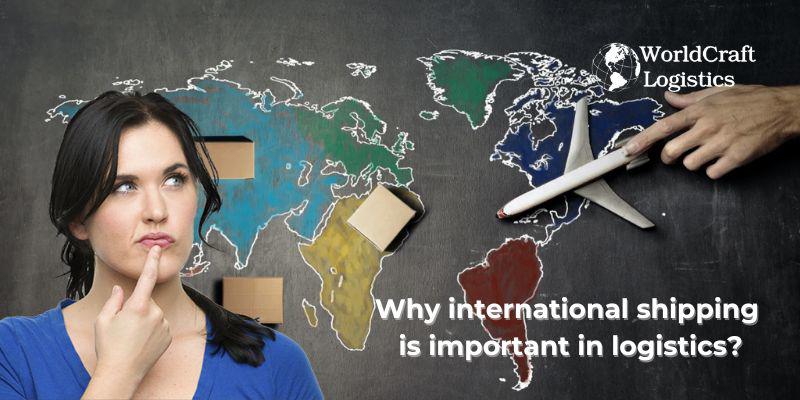
As your order volume escalates, expanding beyond local channels becomes imperative. Consider the following factors:
🔴 Visitor Origins: Analyze the geographic distribution of your site visitors. Understanding where your audience is located can guide your expansion efforts and tailor your marketing strategies to target specific regions.
🔴 Language Barriers: Assess whether language barriers exist that necessitate modifications to your products or customer service approach. Providing multilingual support or translating product information can enhance the user experience for international customers.
🔴 Market Trends: Research whether there are similar products experiencing high demand in potential target markets. Identifying hot-selling items in specific regions can inform product selection and market entry strategies.
🔴 International Shipping Requests: Take note of any requests from shoppers regarding international shipping options. Customer inquiries regarding overseas delivery signify potential demand and can inform your decision to expand into new markets.
By considering these aspects, you can strategically plan your expansion into international markets, catering to the needs and preferences of diverse customer segments.
International shipping presents numerous challenges within the order fulfillment process. Here are some effective strategies to minimize errors, prevent overpayments, and avoid delays:
Ensure precise measurement and weighing of packages, considering dimensional weight which may affect shipping costs. Round up weights to the nearest pound or ounce. Properly pack fragile items to withstand the rigors of international transit, considering varying climates and transportation modes.
Familiarize yourself with country-specific regulations regarding tariffs, quotas, and duties. Partnering with trusted fulfillment providers with a local presence in target countries, as demonstrated by BAKblade's expansion into Canada, can streamline operations and compliance.
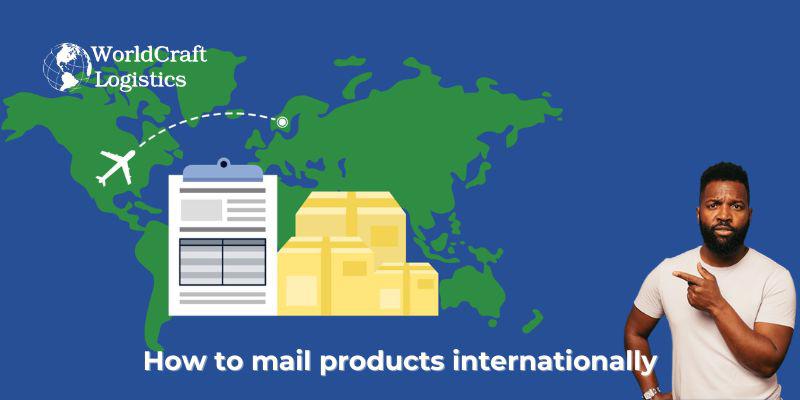
Utilize international shipping rate calculators to determine shipping costs based on delivery speed. Factor in operational expenses such as staff labor, warehouse equipment, and packing supplies. Transparently communicate shipping charges to customers, considering average order value and total shipping and handling costs.
Recognize that delivery timelines vary based on origin and destination locations. Offer both standard and express international delivery options to accommodate diverse customer preferences. Communicate estimated delivery times accurately to manage customer expectations.
Evaluate the necessity of shipping insurance based on the value and nature of the goods being transported. While optional, insurance provides financial protection against losses or damages during transit.
Opt for shipping services with reliable tracking capabilities to monitor the movement of packages throughout the delivery process. Private carriers like UPS, DHL, and FedEx offer comprehensive tracking and support compared to government carriers. Ensure customers have access to tracking information to alleviate concerns about delivery status and transit delays.
While there are additional stages involved, international shipping shares many similarities with domestic shipping. Although the specifics may vary depending on your fulfillment and shipping partners, the fundamental processes remain consistent.
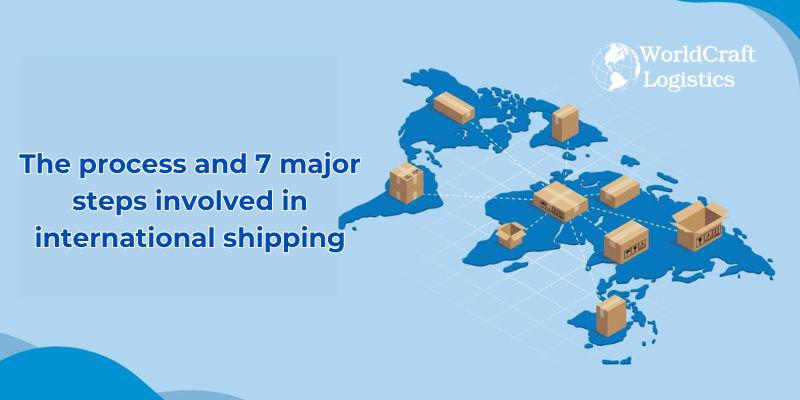
Here are the seven major steps involved in international shipping:
📌 Order Placement: Whether for domestic or international delivery, a consumer places an order on your website.
📌 Order Fulfillment: You or your third-party logistics (3PL) partner complete the order and affix a shipping label. If the item is being exported internationally, a customs form must be completed at this stage.
📌 Order Shipment: Orders are dispatched to a post office or fulfillment center, often divided into domestic and international categories.
📌 Order Export: Shipments are categorized by destination country and transported via air, land, or sea. The choice of shipping method depends on budget constraints and desired delivery speed.
📌 Order Import: Upon arrival in the destination countries, shipments undergo customs clearance. Customs officials assess tariffs, taxes, and fees based on the declared value and contents of the packages.
📌 Order Notification: Recipients are notified of the availability of their packages for delivery or pickup, pending payment of applicable fees. Some shipping companies may advance these costs to expedite customs processing, but delivery is contingent upon payment by the recipient.
📌 Order Delivery or Return: Shipments are delivered according to the destination country's standard procedures. Recipients are responsible for paying any customs charges upon receipt. Failure to pay these fees within the specified timeframe may result in the parcel being held at the post office or shipping facility. If fees remain unpaid, the parcel may ultimately be returned to the sender.
Determining delivery times for international shipping can indeed pose challenges, particularly for shipments not utilizing guaranteed expedited services. As a rule of thumb, lower shipping costs often translate to longer transit times, sometimes spanning several weeks. While same-day or next-day international shipping is feasible, it typically comes with a considerable price tag.
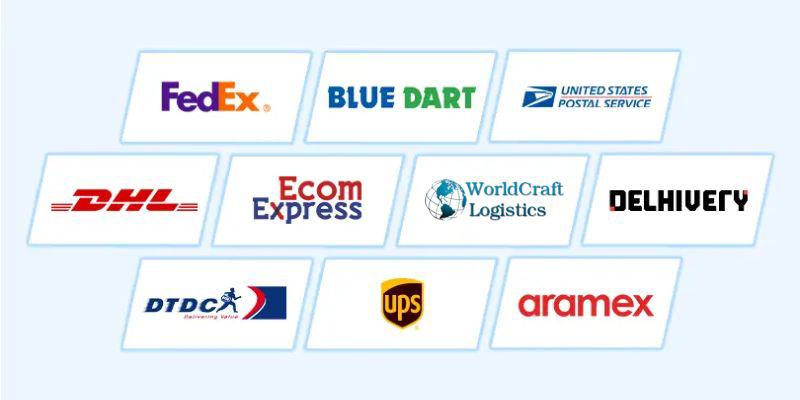
Determining the cost of shipping for international packages involves considering various factors, including destination country and additional fees such as tariffs and taxes. To estimate international shipping rates and identify the most economical options, you can utilize the following rate calculators:
The USPS International Price Calculator allows you to estimate shipping costs for international shipments. Pricing for International Priority Mail is based on weight and destination country, with exceptions for Priority Mail International Flat Rate.
UPS provides a tool where you can input details about your shipment, such as destination, origin, shipment date, and weight, to view international package shipping rates for each available service.
Use FedEx's tool to obtain a rate quote and determine the expected delivery date and time for your international shipment.
DHL offers a range of international delivery options, including emergency same-day shipping, guaranteed time-critical next day delivery, and less urgent day-specific options. Not all services may be available in every country, so you can request pricing through the provided link.
Alternatively, international shipments can be arranged through a third-party logistics (3PL) partner, which may offer competitive rates and streamlined shipping solutions.
By experimenting with these rate calculators and comparing rates for different destinations and shipment weights, you can determine the most cost-effective method for shipping your international packages.
Read more: 👉 Professional logistics service in the US for all businesses - Worldcraft Logistics
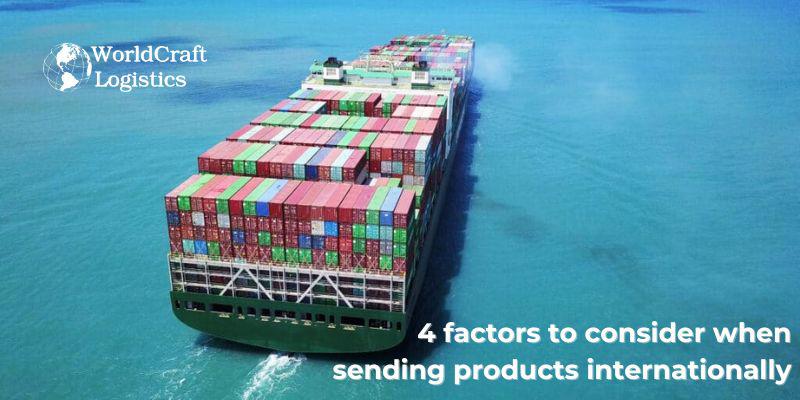
Before delving into international shipping, it's crucial to ensure legal compliance and anticipate any hidden fees upon delivery. Here are key questions to address upfront:
Certain products are restricted or prohibited for international shipping, such as hazardous materials or items exceeding specific weight limits. It's essential to verify the legality of shipping your goods to avoid potential issues. When uncertain, conducting a quick search like "Can you ship ___ to ___?" can provide clarity.
Identifying target countries for shipping requires understanding demand for your products and assessing their viability for your business financially. Thorough research and demand forecasting help pinpoint potential markets and prevent negative impacts on your business.
Each country has distinct regulations governing incoming shipments, including tariffs, taxes, and specific requirements. Navigating international shipping necessitates adherence to these regulations. Ensuring compliance involves verifying item restrictions, ingredients, and obtaining necessary documentation such as a commercial invoice.
Expanding into international ecommerce can significantly boost revenue streams. Failure to offer international shipping may result in missed opportunities for growth. It's essential to weigh the potential revenue against logistics costs to determine the feasibility and profitability of international expansion. Just as customers expect value-added services like expedited shipping, catering to international markets can enhance competitiveness and profitability.
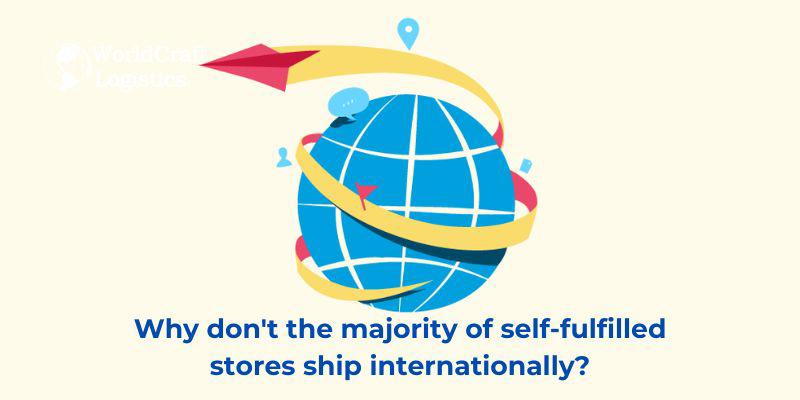
When facing low sales, providing international shipping capabilities can pose significant challenges, particularly for self-fulfillment operations. Here are common barriers encountered:
Unknown Fees Abroad: The lack of consistency and standards across countries complicates international shipping. Import duties and fees, which may be payable upon delivery, can catch customers off guard and deter them from completing the purchase. Failure to include necessary documentation like a certificate of origin or accurate commercial invoice can lead to border issues and delays. It's essential to factor in all potential costs and communicate effectively with customers regarding any impacts.
Delivery Timelines: Shipping internationally often entails extended delivery times, sometimes spanning weeks or even months. Customers' tolerance for such delays varies, and any errors or omissions in shipping details can further prolong the timeline. Managing customer expectations and ensuring accurate and timely shipment processing is paramount.
Proper Postage: Incorrect postage amounts can result in packages being returned or delayed upon arrival in the destination country. Underpayment may lead to additional charges for the recipient or result in delivery delays. When handling international shipping independently, it's crucial to use the correct mail class and ensure postage matches the packaging to avoid such complications.
Navigating these barriers requires careful planning, attention to detail, and clear communication with customers to mitigate potential issues and provide a positive international shipping experience.
If your ecommerce business is grappling with high international shipping costs or struggling to access affordable rates, partnering with an international fulfillment company like worldcraftlogistics.com could be a game-changer.

Here's how it works:
Worldcraft Logistics offers seamless integration with leading ecommerce platforms and marketplaces, streamlining the connection between their technology and your online sales channels. Once integrated, your store automatically forwards new orders to Worldcraft Logistics, where your inventory is stored in their strategically located fulfillment centers across the United States and abroad.
Through fulfilling orders for numerous ecommerce brands, Worldcraft Logistics negotiates the best bulk shipping discounts for both international and domestic deliveries. These cost savings are directly passed on to their customers, enabling you to benefit from competitive rates. With a range of shipping speeds and services available, you can select the delivery options that best suit your store and customers.
Every order received by your store is efficiently routed to the Worldcraft Logistics fulfillment center capable of ensuring quick and cost-effective delivery to your customers. This streamlined process helps minimize shipping expenses while enhancing customer satisfaction.
Partnering with Worldcraft Logistics allows you to optimize your international shipping operations, reduce costs, and provide a seamless and reliable experience for your customers worldwide.
Our main international shipping services are clearly shown in the articles shared below:
👉 How to ship alcohol - Regulations in the US and wine exports
👉 How to ship fragile items to keep them INTACT and REDUCED COST
Here are responses to some common queries regarding international shipping:
The cost of international shipping depends on various factors, notably the destination country. To find the most economical option, it's advisable to utilize the shipping calculators provided in this post and compare rates based on your specific requirements.
International shipments typically require several documents. While the exact documents may vary depending on the package and destination, essential paperwork often includes a purchase order, a commercial invoice detailing the contents and value of the shipment, and a certificate of origin verifying the country of manufacture.
Determining the best shipping company for international shipments can be subjective, as each carrier offers distinct advantages and disadvantages. The optimal choice depends on factors such as the nature of the shipment, destination, and desired delivery speed. To aid in decision-making, our blog post compares the costs and services of major carriers like USPS, UPS, and FedEx. You can find more detailed information there.
SEO
Digital Marketing/SEO Specialist
Simon Mang is an SEO and Digital Marketing expert at Wordcraft Logistics. With many years of experience in the field of digital marketing, he has shaped and built strategies to effectively promote Wordcraft Logistics' online presence. With a deep understanding of the logistics industry, I have shared more than 500 specialized articles on many different topics.
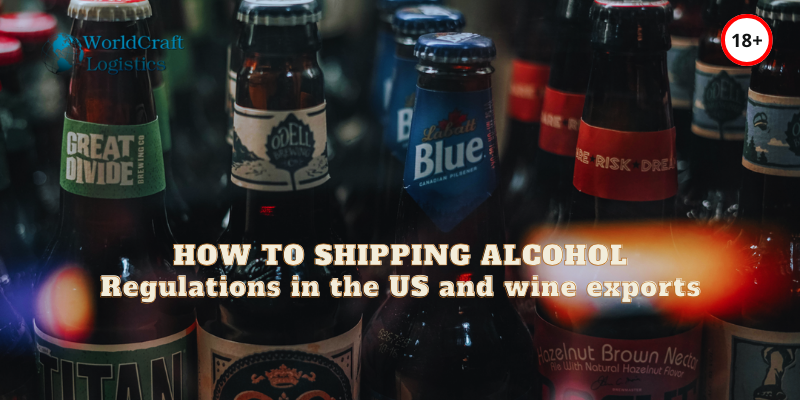
Shipping
12/21/2023
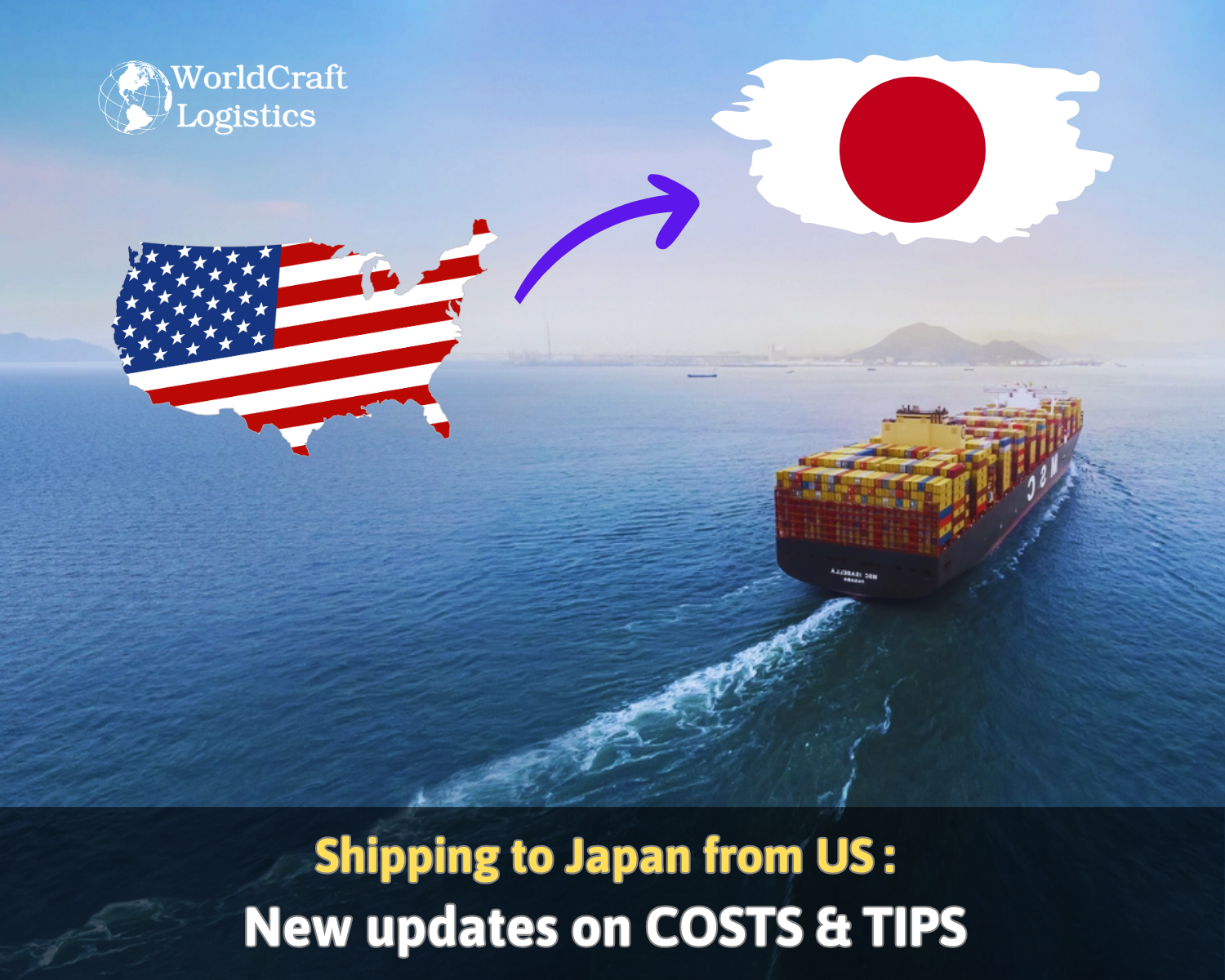
Shipping
02/28/2024

Shipping
12/24/2023
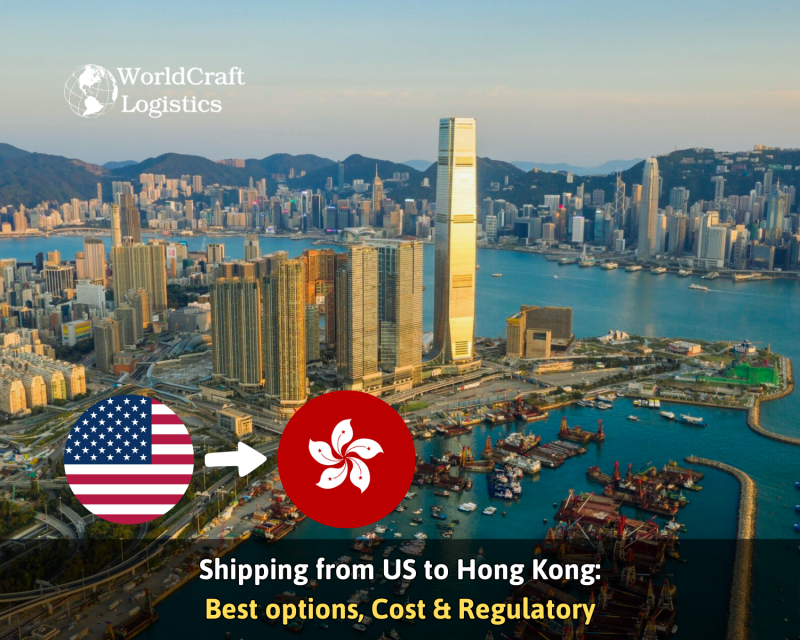
Shipping
04/02/2024
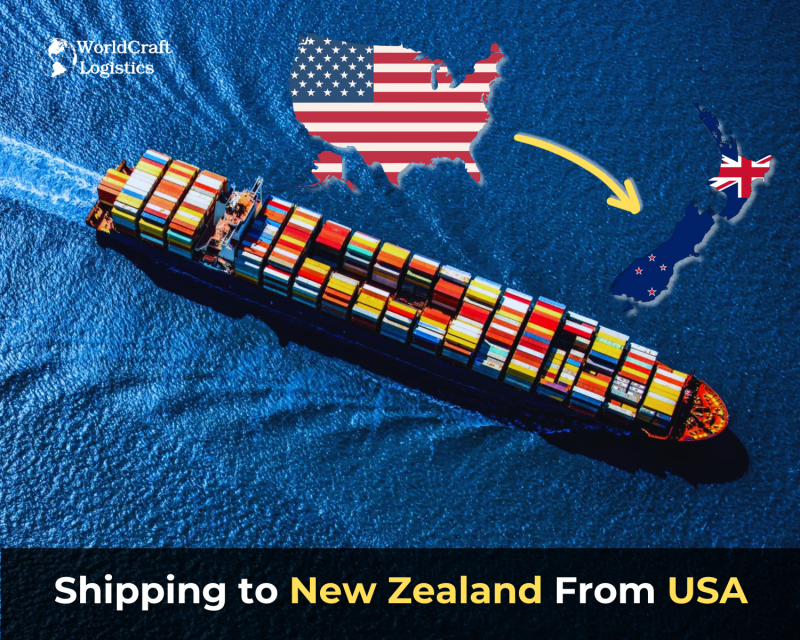
Shipping
11/04/2024